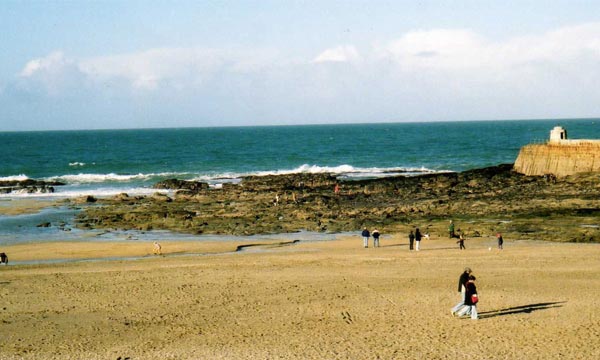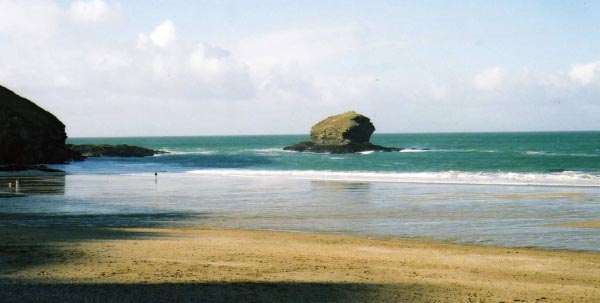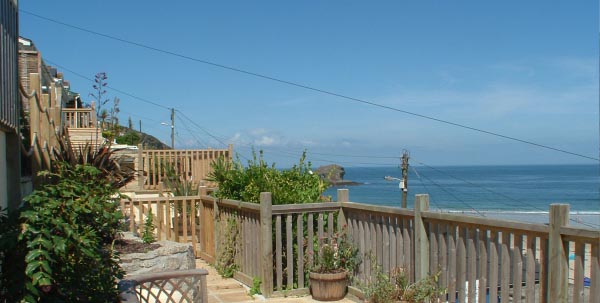Events and Activities around Hayle, Cornwall
Being a tourist hotspot there are many things to do in and around Hayle, we have put a small selection together for you to consider during your stay.
Cornwall is a host to many attractions and wonderful days out, too many to mention here. We have selected a few of our favourites for you, all of which are family friendly and entertaining for all ages.
Paradise Park is a wonderful wildlife sanctuary in Hayle, Cornwall suitable for both children and adults. With daily events and beautiful animals, it is a fun and memorable experience. A popular tourist destination during spring and summer months where you can catch the new-born animals and spring flowers in the colourful gardens. Children can take full advantage of the play areas and educational exhibits throughout. Visit the Paradise Park website for further details. – http://paradisepark.org.uk/

Catch a world renown play by some of the most famous theatre companies in the world. With a full programme of drama, musicals, comedy, and story-telling throughout the summer there is a little for everyone. Home to the unique theatre carved into the granite cliff rocks offering a unique experience which is open all year round. Follow the incredible story of Rowena Cade the owner of the Minack Theatre and learn how it was made. https://www.minack.com/

Famous world wide the Eden Project opened in March 2001 and fast became one of the most visited attractions in Cornwall. Famous for its two large biomes housing exotic plant species from around the world. The larger of the two biomes simulates a Rainforest environment while the smaller of the two simulates a Mediterranean climate. The Eden Project has events running throughout the year, visit their website to learn more – http://www.edenproject.com
